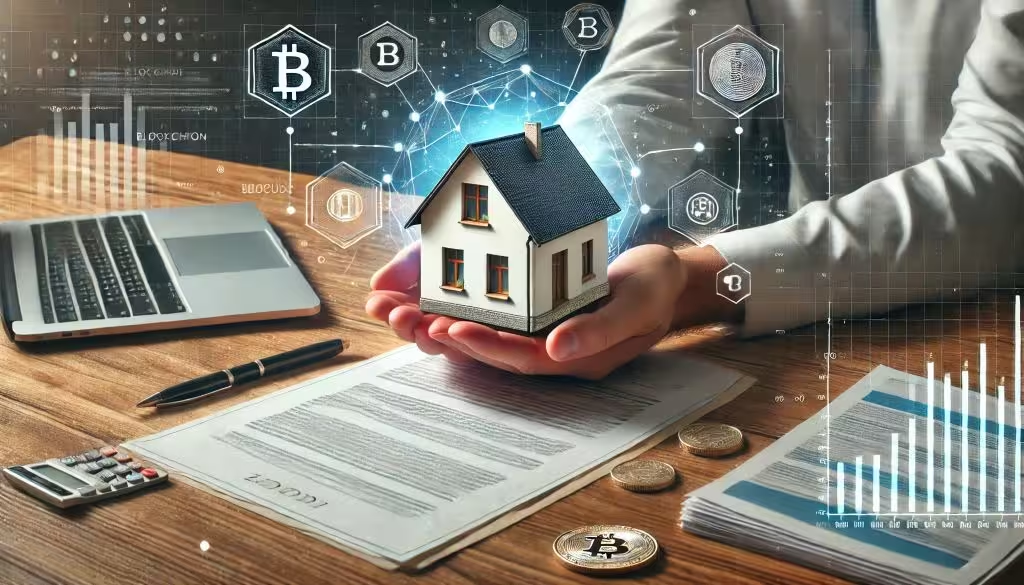Tokenizing a real-world asset is an exciting concept that’s transforming how we think about ownership and investment. Whether it’s a piece of art, a slice of real estate, or another tangible item, the process is straightforward but powerful. Here’s how it works, step by step.
Identifying and Valuing Your Asset
First things first, you need to figure out what asset you want to tokenize. It could be something like a painting, a house, or even gold. Once you’ve got that figured out, the next step is to determine how much it’s worth. This valuation helps you decide how many tokens you want to create. For example, if your property is worth $1 million, you might create a million tokens, each representing a $1 share of the asset.
Legal and Regulatory Requirements for Tokenizing a Real-world Asset
Before moving forward, it’s super important to ensure you’re following all the relevant laws and regulations. This step is crucial to avoid any legal headaches later on. Getting some advice from legal experts can really help here. They’ll make sure your tokenization process is above board and that you’re not running afoul of any securities laws.
Setting Up Smart Contracts for Tokenizing a Real-world Asset
Smart contracts are what make the whole thing tick. These are basically digital agreements that run automatically, ensuring that everything happens as it should. You’ll need to set up a smart contract that outlines how tokens are issued, how ownership is transferred, and all the other details. This keeps everything transparent and trustworthy.
Choosing a Blockchain Platform
Next, you’ll need to choose a blockchain platform to host your tokens. Ethereum is a popular choice, but there are other options like Polkadot, Tezos, or Binance Smart Chain. When making your pick, think about things like how scalable the platform is, how secure it is, and how much it will cost you to use.
Creating the Tokens
Now it’s time to create the actual tokens. These digital tokens represent ownership of your asset. Depending on what you’re tokenizing, you might go with fungible tokens (which are interchangeable, like regular cryptocurrencies) or non-fungible tokens (NFTs), which are unique. NFTs are often the go-to for real-world assets because each token represents a specific share of the asset.
Recording Who Owns What
One of the best things about using blockchain is that it keeps an unchangeable record of who owns what. Whenever someone buys or sells a token, the blockchain automatically records the transaction. This builds trust because anyone can check who owns the asset and how ownership has changed over time.
Securing the Asset
You’ll also need to think about how the physical asset is stored and secured. You might use a custodian—a trusted entity that holds the asset—or go for a decentralized custody solution, which offers a higher level of security. The best option depends on what the asset is and how secure you need it to be.
Listing Tokens on a Marketplace
Once your tokens are ready, they need to be listed somewhere so people can trade them. Listing them on an exchange or decentralized platform lets investors buy, sell, and trade your tokens. Liquidity—how easily the tokens can be bought and sold—is key here. You want to make sure there’s a market for your tokens, so they’re attractive to potential investors.
Getting Investors Onboard
With your tokens on the market, investors can start buying them. Each token gives them a piece of the underlying asset. For instance, if you’ve tokenized a house, each token might represent a small share of ownership in that property. This way, more people can invest in assets that might otherwise be out of reach.
Ensuring Smooth Trading and Liquidity
The beauty of tokenization is how easily assets can be traded. Investors can trade tokens anytime, anywhere, without needing a middleman. This direct trading cuts down on costs and speeds up the process. Plus, because blockchain is involved, transaction fees are usually much lower than traditional methods that involve brokers or banks.
Managing the Asset and Tokens Over Time
Finally, managing the asset and its tokens is an ongoing job. As the asset owner, you’ll need to keep up with any physical maintenance, if necessary, and stay in touch with your token holders. You can even manage governance decisions—like voting on property upgrades—through the tokens, giving your investors a say in how things are run.
Conclusion on Tokenizing a Real-World Asset
Tokenizing real-world assets is opening up new ways to own and invest in valuable items. By following these steps—choosing and valuing an asset, ensuring legal compliance, creating smart contracts, and selecting a blockchain platform—you can successfully tokenize an asset. This process not only democratizes investment but also makes it easier for more people to participate in markets that were previously out of reach.
Whether it’s a famous painting or a piece of prime real estate, tokenization is changing the financial landscape and making investment opportunities more accessible to everyone. Tokenizing a real-world asset will be the norm in the future.
Finally, we refined and enhanced the article using ChatGPT.

